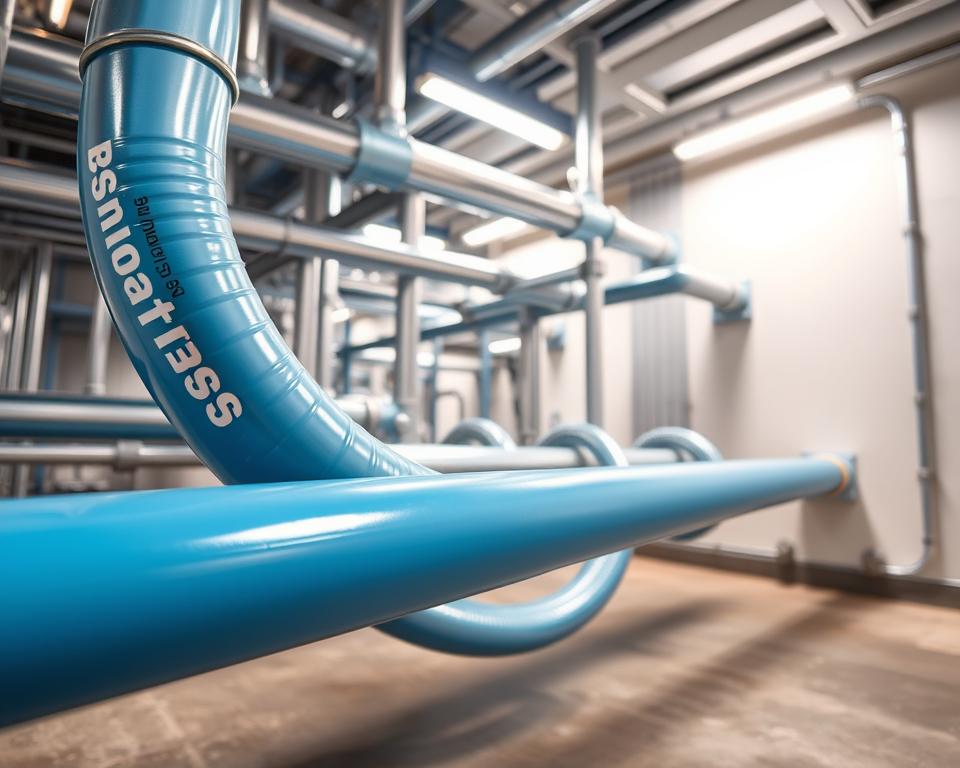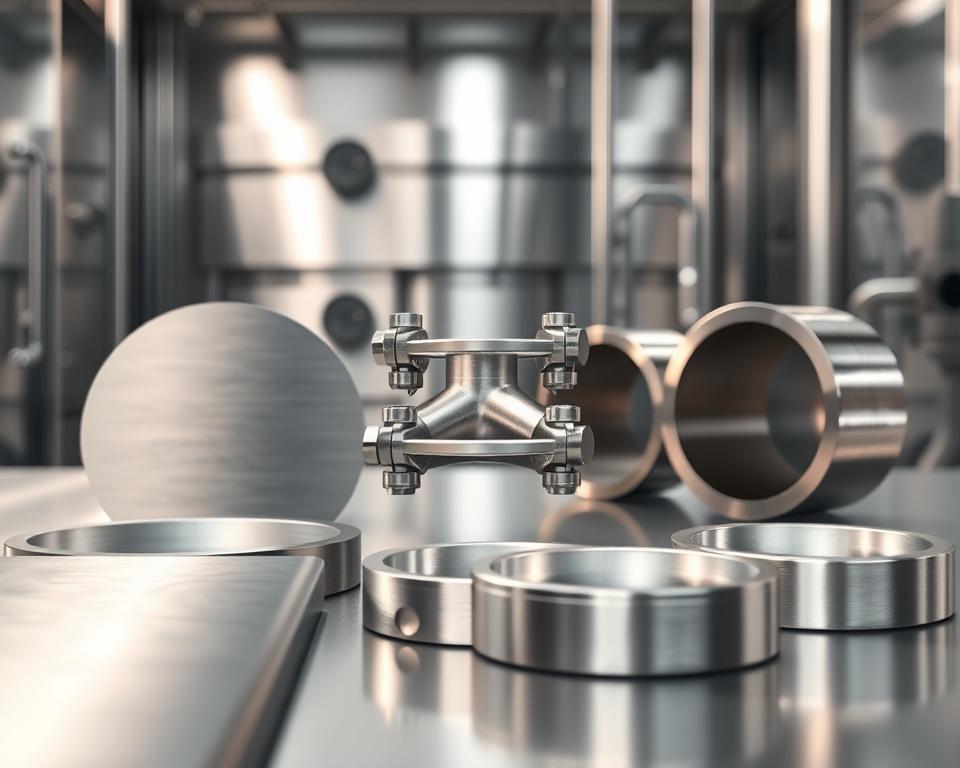Everything You Need to Know About PVC Air Compressor Piping
A burst compressed air line can discharge energy comparable to a stick of dynamite—did you know? Despite the hazards, numerous workshops continue installing piping systems from unsafe materials. Here’s why you must prioritize safety over cost when selecting PVC for air lines.
Even as interest rises, OSHA bans these materials for above-ground compressed air. Repeated contact with compressor oil and thermal cycling makes them brittle, causing explosive failures. Safe-rated pressures can still result in deadly bursts.
Turn to Installation Parts Supply for sturdy aluminum systems. Using approved materials saves you from fines and enhances safety. Here’s how to assemble a risk-free system.

Highlight Reel
- OSHA bans certain materials due to explosion risks.
- Pressure ratings drop as temperatures fluctuate.
- Long-term exposure makes pipes prone to brittle breaks.
- Aluminum lines deliver a far safer option.
- Spending on correct materials avoids penalties and injuries.
Why PVC Pipe Is Dangerous for Compressed Air Systems
Manufacturers explicitly warn against using some plastics for high-energy applications. A breach in a pressurized air line unleashes explosive power, unlike water. Material selection is the linchpin of air-system safety.
- Brittleness: Cold snaps make pipe walls brittle and prone to cracking.
- Adhesive failures: Oil contamination and heat cycles break down glue bonds.
- Misleading ratings: Ratings halve by 110°F, a common shop temperature.
A facility faced a $110k penalty when PVC shattered and harmed employees. Compression heating lowers allowable pressure even more—often ignored.
“Above-ground use of certain plastics for compressed air violates OSHA standards due to explosion risks.”
Metal alternatives fail more predictably, bending rather than fragmenting. PVC shards fly far and fast, causing collateral damage.
Constant temperature swings in shops speed up pipe aging. UV light and solvents over time sap pipe strength, triggering dangerous failures.
Recommended Piping Materials for Compressed Air
Aluminum piping systems outperform traditional options in both safety and efficiency. With 90% fewer leaks than black pipe, they’re a top choice for modern facilities. Their lightweight design and corrosion resistance make them ideal for long-term use.
Snap-together modular aluminum cuts installation hours. Installation Parts Supply stocks ready-to-snap aluminum modules. One auto factory trimmed labor hours by 40% via aluminum retrofits.
- Copper: Copper’s antimicrobial action suits it to cleanroom air lines. Requires soldering expertise.
- Stainless Steel: In seaside shops, stainless steel won’t corrode.
- ABS/HDPE: Chemical-resistant for labs and factories handling solvents.
“Our aluminum retrofit reduced energy waste by 15%—paying for itself in 18 months.”
Proper torque is critical. Cracks from overtightening and leaks from under-tightening are common. Aluminum fittings generally torque to 25–30 ft-lbs—follow the guide.
For food-grade applications, NSF-certified options ensure air purity. Choose pipe rated for your specific operating environment.
Material Selection Guide for Compressed Air
Selecting the best material for your setup requires balancing cost, safety, and efficiency. One plant slashed $12k per year by adopting aluminum lines. Follow these tips to pick wisely.
| Material | Cost (per ft) | Maintenance | ROI Time |
|---|---|---|---|
| Aluminum | $8.50 | Low | 18 months |
| Black Pipe | $5.00 | High | N/A |
| Copper | $10.20 | Medium | 24 months |
Don’t ignore thermal limits. Aluminum handles -40°F to 200°F, while plastics crack below freezing. For chemical-heavy environments, stainless steel resists solvents.
Pro Tip: Calculate ROI using CFM loss formulas. A 10% leak in a 50 HP system wastes $3,500 yearly.
- Match PSI ratings to your compressor’s output.
- Keep records of inspections and tests to satisfy OSHA.
- Request a free system audit from Installation Parts Supply.
“Our aluminum retrofit cut energy waste by 15%—paying for itself in 18 months.”
DIY installations work for small shops, but professionals ensure leak-free joints. Don’t forget to read the fine print on warranty lengths.
Conclusion
Choosing the right materials for your compressed air setup isn’t just about cost—it’s about safety. Ninety-two percent of pipe failures occur in aging lines, frequently causing injuries. Aluminum offers 99.8% reliability, making it a smart long-term choice.
Don’t forget:
- Say no to plastics that can explode.
- Metallic lines beat plastics on both safety and durability.
- Ignoring standards invites fines and insurance headaches.
Upgrade now and secure your workplace. Get instant quotes and special offers from Installation Parts Supply. Request your free template or emergency service today.
Commit to safer piping today—your team’s safety depends on it.


